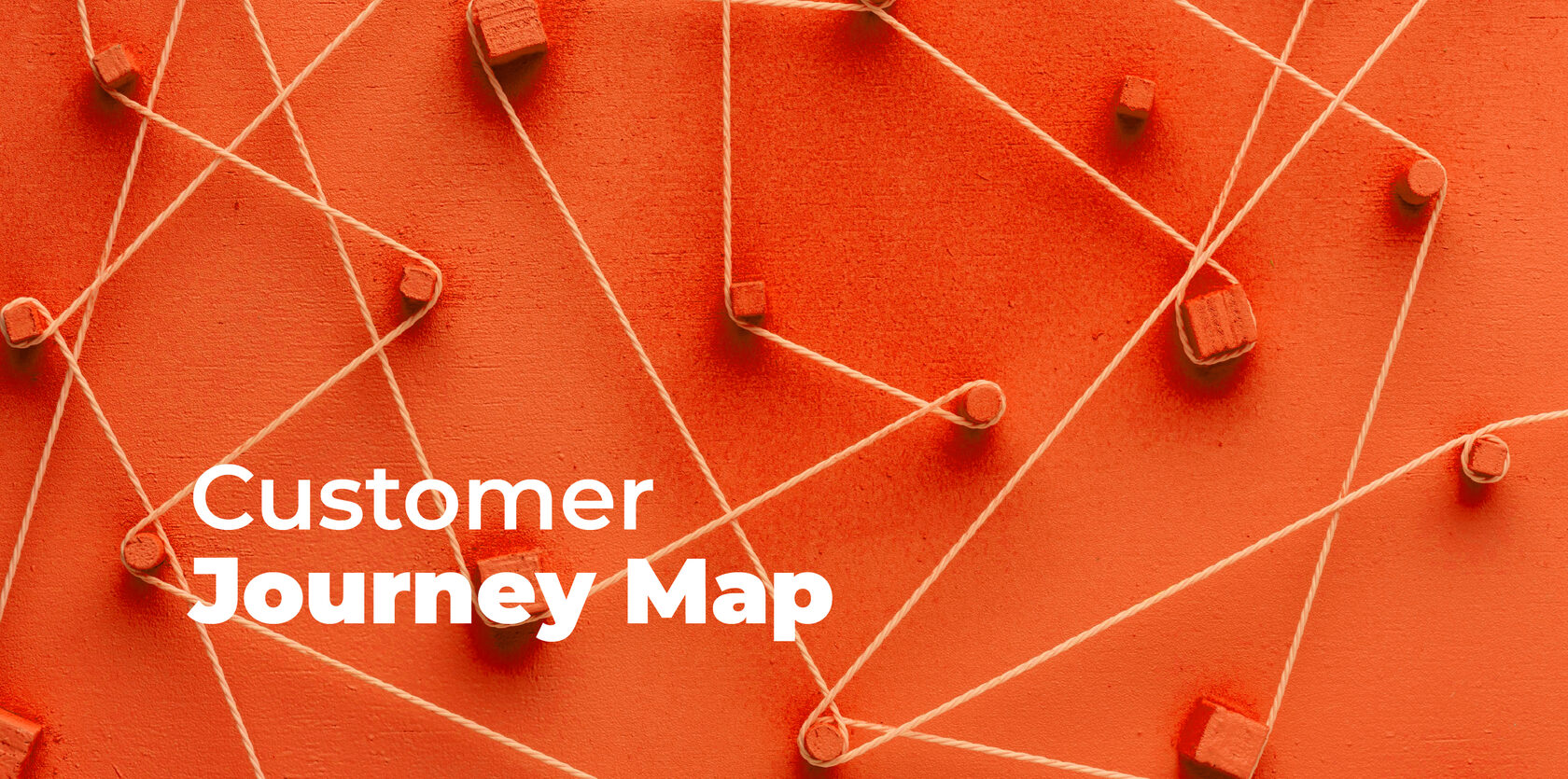Understand the power of customer journey mapping with our comprehensive guide. Be ready to gain insights into the role of customer journey mapping and learn how to navigate the stages, emotions, and touchpoints that shape your customers' interactions.
As a marketer, what superpower would you like to have? It is probably the ability to read the minds of customers and understand their desires. Unfortunately, there are no superpowers (YET), and all we have to do now is struggle with challenges in understanding customer motivations on their journey from awareness to decision-making. And here comes the customer journey that helps visualize the details we need to focus on to lead customers to the desirable purchase stage.
What is the customer journey map?
A Customer Journey Map is a visual representation of the entire lifecycle that a customer experiences with your brand. From the initial touchpoint to post-purchase engagement, it captures each interaction, emotion, and decision point. This comprehensive view empowers you to anticipate customer needs, tailor communication, and create seamless experiences that foster loyalty.
Customer journey stages
How do you make a purchase decision? Does it take a moment? You probably go through the following stages just like your customers do.
Awareness: The journey begins when a potential customer becomes aware of your brand. This stage is about capturing attention and sparking curiosity. Understand where and how your audience encounters your brand to optimize visibility.
Consideration: As curiosity turns into interest, customers evaluate your offerings. This phase involves research, comparison, and decision-making. By understanding their pain points and preferences, you can address their concerns and provide relevant information.
Decision: This is the tipping point where the customer chooses your brand over competitors. It's crucial to make this process effortless by offering clear value propositions, accessible pricing information, and easy purchasing options.
Purchase: Once the decision is made, the purchase experience should be frictionless. Simplify the checkout process and provide various payment methods to accommodate diverse preferences.
Retention: The journey doesn't end with a purchase; it's an ongoing relationship. Engage customers through onboarding, support, and personalized follow-ups. This is your chance to turn buyers into advocates.
Customer journey mapping
Mapping the customer journey is a visual representation of the actions customers may take when interacting with your brand. Simply put, we will draw a map with all the details.
The buying process:
Understanding your customer's journey starts with dissecting their buying process. This phase includes gathering and filtering data from various sources, such as prospecting tools, behavior analytics, and content management systems. By tracing their journey from initial touchpoint to final engagement, you create a roadmap, showcasing their decision-making process.
Emotions:
Behind every transaction lies an emotional undercurrent. Customers aren't just seeking products; they're seeking solutions to their problems that evoke specific emotions. Integrating emotions into the map helps identify pain points and moments of delight, allowing you to shape experiences that resonate deeply.
User actions:
Here, you will try to determine specific actions on the customer's part. These actions, whether downloading content or participating in webinars mirror their engagement level. Understanding these behaviors helps tailor interactions that seamlessly guide them toward decision-making.
User research:
Customers embark on a journey of discovery, often researching to inform their decisions. Identifying where they seek information and what they research, provides critical insights. This knowledge enables you to provide timely and relevant content for those channels that align with their needs.
Solutions:
The final element determines the strategies you take to improve the buying process and user experience and eliminate as many pain points as possible that customers may have on their journey.
How to build a customer journey map?
Finally, let’s build an ideal customer journey map that will help you have a holistic view of your customers’ behavior.
- Utilize Templates: If you are a beginner, you can use pre-designed customer journey map templates. These templates streamline the process and ensure consistency across your visualizations.
- Set Clear Objectives: Define the purpose of your map. Understand which personas you're targeting and the specific experiences you want to analyze and enhance.
- Profile Personas: As the major role of your map, customers should have an accurate buyer persona. Customer feedback, questionnaires, and user testing provide invaluable insights that fuel the map's authenticity.
- Highlight Target Personas: Focus on one or two personas to ensure the map remains concise and tailored to specific journeys. This guarantees that your map accurately represents the customer's experience.
- List Touchpoints: Include touchpoints within your website and beyond, including social channels, ads, emails, and review sites. This comprehensive list provides an understanding of customer actions and behaviors.
- Analyze Customer Actions: Detail the actions customers take at each stage of their journey, even based on assumptions.
- Incorporate Emotions: Recognize customers’ emotional landscape, pain points, and areas of joy to create a holistic map that addresses their emotional needs.
- Identify Obstacles: Highlight obstacles that hinder customers from proceeding through the journey seamlessly.
- Assess Resources: Evaluate your resources and identify gaps that need to be filled to improve the customer journey.
- Experience the Journey: Personally navigate through the journey to validate the accuracy of the map.
- Implement Changes: Initiate necessary changes based on mapping information.
Is it worth it to have a customer journey map? Bottom line
If you don’t want to act from your gut and lose valuable resources, you should definitely think about implementing customer journey mapping and regularly updating it. With comprehensive data, you will have
Alignment: A customer journey map aligns teams across departments, fostering collaboration and a unified approach to delivering exceptional experiences.
Opportunity spotting: Identifying gaps and opportunities along the journey enables you to enhance the overall experience.
Personalization: Tailoring interactions based on the customer's stage in the journey fosters a sense of individual care, which can significantly impact their loyalty.
Well, do you still have doubts about mapping the customer journey?
